New SDF-4 Tumor Marker Revolutionizes Early Cancer Detection with 89% Accuracy

12 November 2023
Researchers at Nagoya University have identified the SDF-4 protein as a highly accurate marker for gastric cancer detection, with 89% accuracy. This breakthrough offers potential for early diagnosis of various cancers, surpassing existing markers in sensitivity and specificity. The development of SDF-4-based screening could revolutionize cancer detection and treatment, particularly in the early stages of the disease.
A groundbreaking discovery has brought new hope in the early detection of gastric cancer, a disease notoriously difficult to diagnose in its initial stages. This finding, published in the journal Scientific Reports, has significant implications for the early diagnosis of various solid cancers. It demonstrates an impressive accuracy of 89%, with a sensitivity of 89% and a specificity of 99%.
The Challenge in Cancer Diagnosis
Gastrointestinal cancers, including gastric, colorectal, and liver cancers, are often diagnosed at advanced stages, making effective treatment challenging. Current diagnostic methods, relying on tumor markers like CEA and CA19-9, have limitations in accuracy and can miss early-stage cancers.
The need for more effective diagnostic markers is critical to improve treatment outcomes and survival rates, especially for gastric cancer where early therapy can significantly enhance prognosis.
A New Era in Cancer Detection
Led by Dr. Takahiro Shinozuka, Professor Yasuhiro Kodera, and Dr. Mitsuro Kanda, the research group focused on identifying new tumor markers that could detect various cancer types at an early stage. Their investigation into proteins secreted by cancer cells led to the discovery of SDF-4 as a promising candidate. Elevated levels of SDF-4 were consistently found in blood samples from patients with gastric, esophageal, colorectal, pancreatic, breast, and liver cancers, in contrast to healthy individuals.
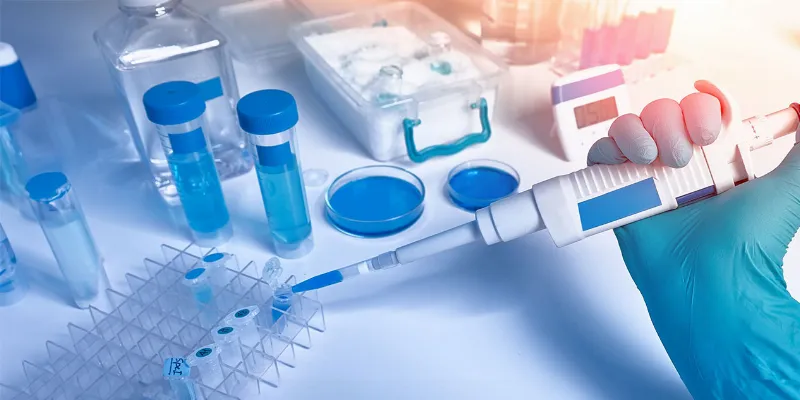
Unprecedented Sensitivity and Specificity
The effectiveness of a cancer diagnostic test is measured by its sensitivity and specificity. Sensitivity refers to the test's ability to correctly identify patients with the disease, while specificity indicates how well the test recognizes healthy individuals. The SDF-4 marker demonstrated a remarkable sensitivity of 89% and a specificity of 99%, surpassing conventional markers like CEA and CA19-9. Importantly, high levels of SDF-4 were detected even in patients with stage I gastric cancer, suggesting its potential in early cancer detection before symptoms appear.
Future Perspectives
Dr. Shinozuka emphasizes the dual advantages of SDF4: its ability to diagnose early-stage cancer and its applicability across various cancer types. Collaborating with a company to develop measurement devices, the research team aims to introduce SDF4 into routine cancer screening. This advancement could revolutionize cancer diagnostics, offering a lifeline to many by enabling early detection and treatment
The identification of SDF-4 as a liquid biopsy-based diagnostic marker for solid cancers, as detailed in the research abstract, underscores a significant stride in oncology. It not only promises improved diagnostic accuracy but also paves the way for better patient outcomes, especially in the realm of gastric and other gastrointestinal cancers. The Nagoya University Graduate School of Medicine's breakthrough marks a hopeful turning point in the fight against one of the world's most challenging diseases.
Abstract of the research
Identification of stromal cell-derived factor 4 as a liquid biopsy-based diagnostic marker in solid cancers
Abstract: There is a need for serum diagnostic biomarkers to improve the prognosis of solid malignant tumors. Here, we conducted a single-institutional study to evaluate the diagnostic performance of serum stromal cell-derived factor 4 (SDF4) levels in cancer patients. Serum samples were collected from a total of 582 patients with solid cancers including gastric cancer (GC) and 80 healthy volunteers. SDF4 protein levels in sera, and conditioned media or lysates of human GC cell lines were measured by enzyme-linked immunosorbent assay, and those in GC tissue by immunohistochemistry. Serum SDF4 levels were higher in patients with cancer than the healthy control in all cancer type. Regarding GC, serum SDF4 levels distinguished healthy controls from GC patients with the area under the curve value of 0.973, sensitivity of 89%, and specificity of 99%. Serum SDF4 levels were significantly elevated in patient with early stage GC. In immunohistochemistry, the frequency of SDF4-positive GC tumors did not vary significantly between GC stages. The ability of human GC cell lines to both produce and secrete SDF4 was confirmed in vitro. In conclusion, serum SDF4 levels could be a promising candidate for a novel diagnostic biomarker for GC and other malignancies.


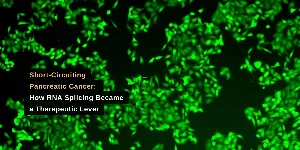

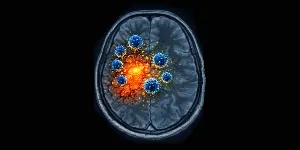

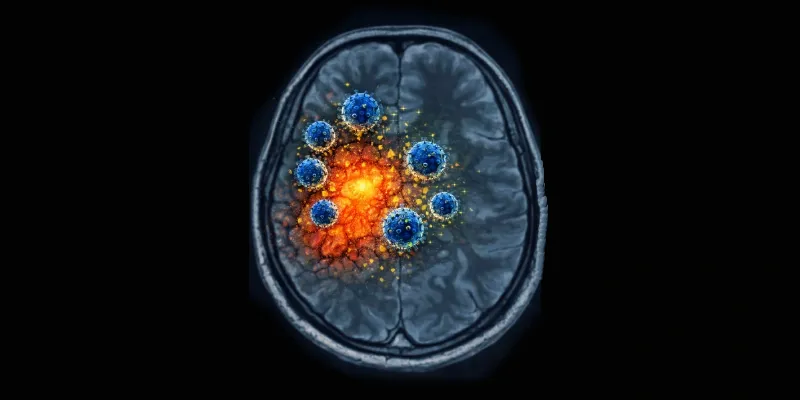
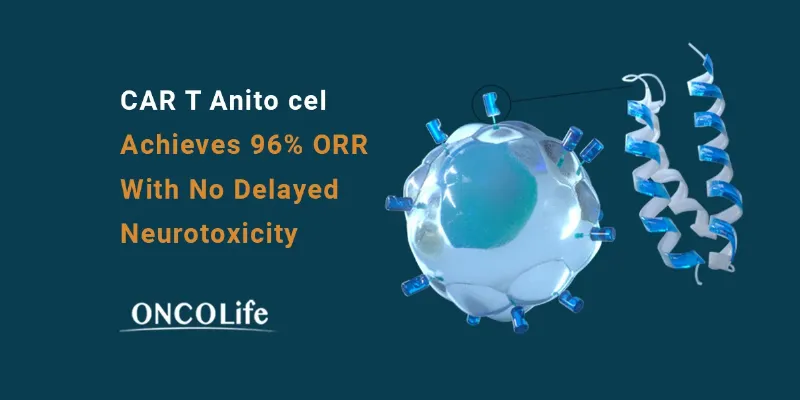
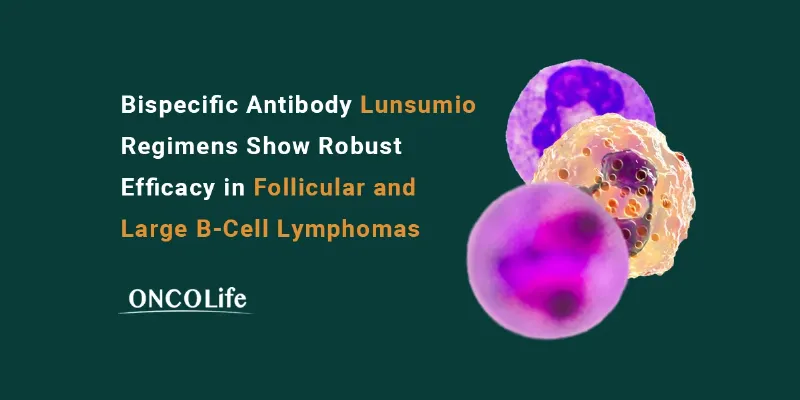

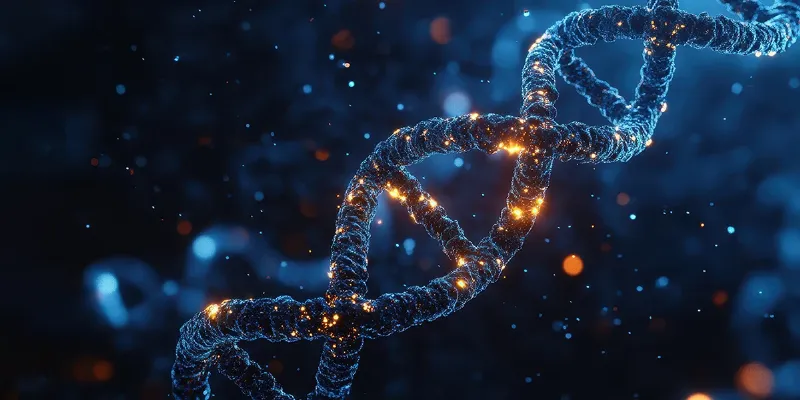
Comments
No Comments Yet!